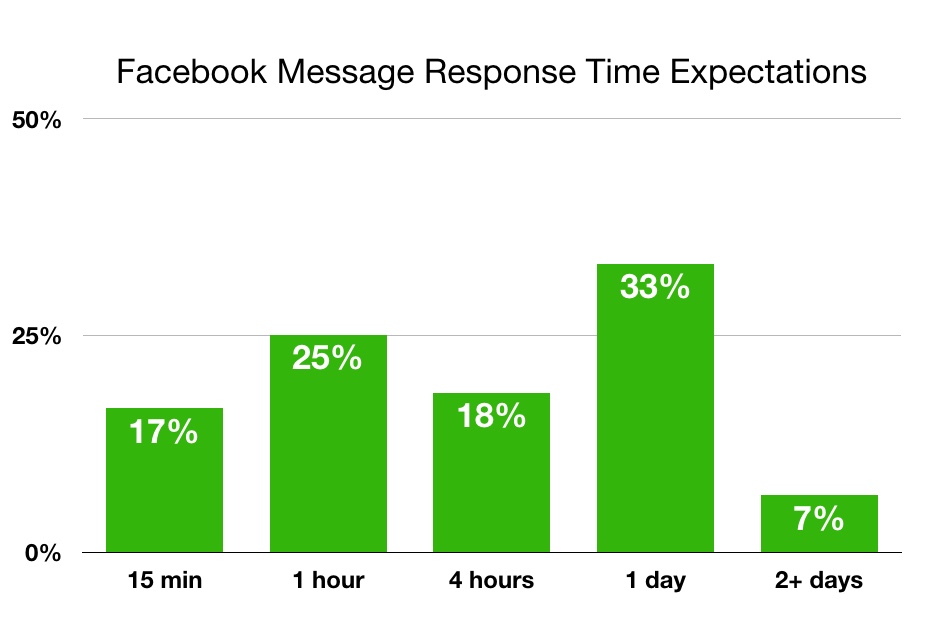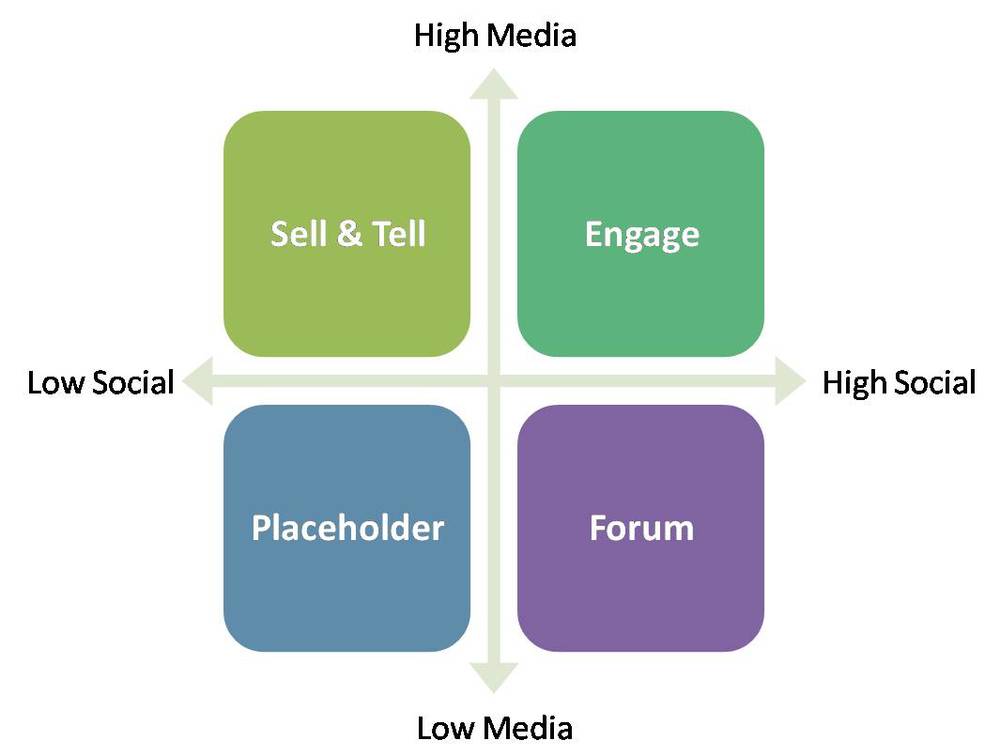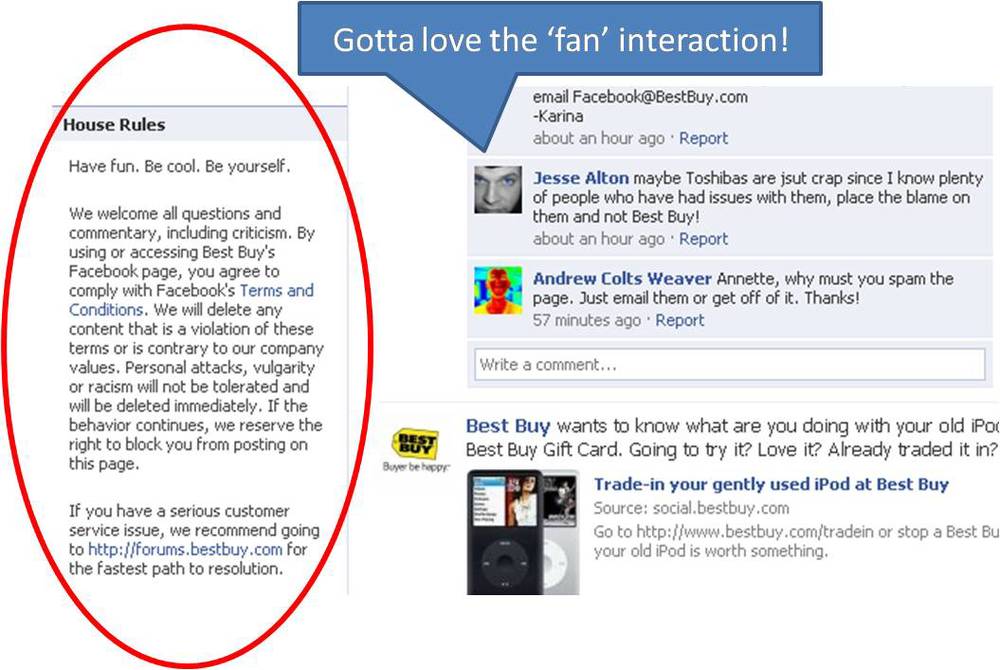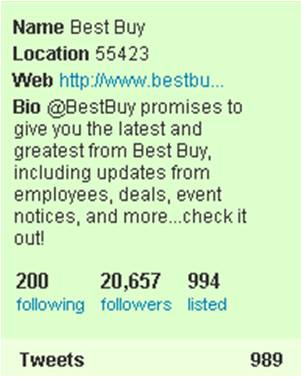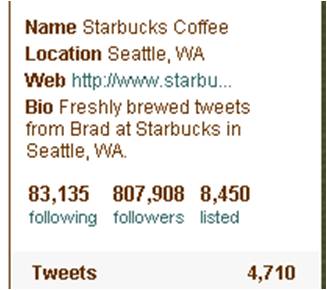Love them or hate them, online review sites are an important part of small business.
Customers use sites like Yelp, TripAdvisor, and others to search for businesses like yours, read customer reviews, and even leave feedback. In fact, a 2018 study from BrightLocal found that 86 percent of US consumers use online reviews to help find local businesses.
The challenge is there are so many review sites that it's hard to know where to start. And you have a small business to run, which means you don't have a lot of time to mess around.
Fortunately, I've done the research and found which one site customers rely on the most. Here are the results along with how you can easily take advantage of these insights.
The Most Popular Review Site
I surveyed 1,004 adults in the United States in January 2019 to ask which online review site they rely upon the most. Google is by far the most popular.
There are two caveats to be aware of.
The first caveat suggests Google’s percentage may be overinflated. I used Google Surveys to do this study. It gives you a fairly random demographic sample, but in this case it also increases the likelihood that respondents would prefer Google, since they found my survey on Google. That's a huge grain of sand to keep in mind as you look at the data.
Just to check the results, I conducted an informal survey within my own network. And guess what? Google was still tops, followed by Yelp and then Facebook.
The second caveat suggests Google’s percentage may be underinflated. Think about how you naturally search for a business. I recently went to a used furniture store to look for a new table for The Overlook. When I got there, the store was unexpectedly closed so I needed to find somewhere else to go.
Instinctively, I opened the web browser on my smartphone and Googled "used furniture store." Google instantly gave me a list of stores near my location along with their ratings.
According to HubSpot, Google owns 70 percent of search engine traffic. That number jumps to 85 percent for searches on mobile devices. In other words, Google is how customers search for reviews when they don’t realize they’re searching for reviews.
What Can You Do About It?
The first thing you should do is claim your free business listing on all the major platforms your customers use to look for you. While Google is the most popular, the other sites get their fair share of traffic, too. Womply has published some helpful guides.
Make sure you respond to every review a customer leaves you. Keep in mind your response isn’t just to the reviewer; it’s a signal to other potential customers that you care about service. BrightLocal's data reveals that 89 percent of customers read business's responses to reviews.
Now here's where focusing on Google can pay off. Remember how I quickly found a highly-rated used furniture store by searching on my smartphone?
Google uses reviews to help prioritize which businesses it shows when potential customers search for businesses like yours. So you can improve your search rankings without hiring an internet wizard. All you have to do is work on getting a lot of good reviews for your business. And here's the kicker—unlike Yelp, Google is perfectly okay with you encouraging customers to write reviews!
The company even provides this helpful guide.
More Resources
Here are a few additional resources to help you drive more customers to your business with online reviews.
You may also benefit from my LinkedIn Learning course, Serving Customers Using Social Media.











